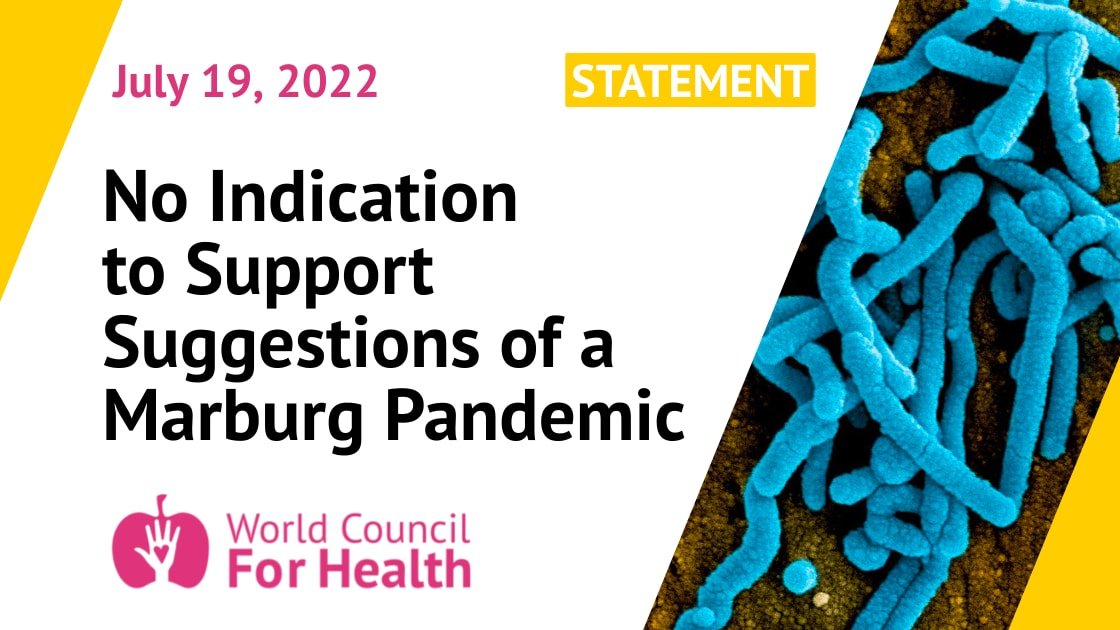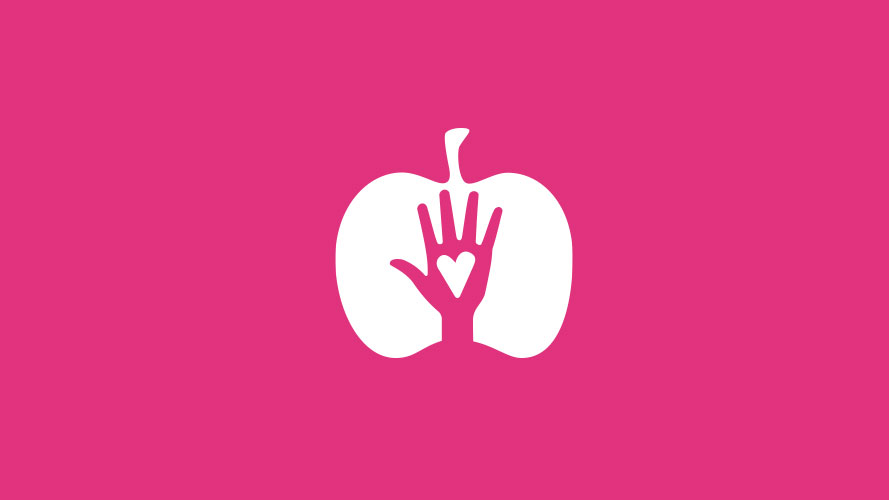The World Council for Health (WCH) is continuously monitoring the emergence of new and old diseases around the world with potential for health concerns. Recent news from Ghana has confirmed two cases of Marburg virus, which were reported by Ghana Health Service on Monday, July 18, 2022. Two people diagnosed with Marburg on July 10, 2022, have since died. According to the World Health Organization, more than 90 contacts have been identified and are being monitored at this time. No new cases have been detected, according to the Ghana Health Service.
The World Health Organization (WHO) raised the concern of the Marburg virus as a future pandemic in August 2021, a notion first proposed by VaccinesWork, a platform hosted by the Bill Gates-funded Gavi, the Vaccine Alliance, in April 2021.
What is Marburg Virus?
Marburg virus is a genetically unique zoonotic RNA virus of the same family as the Ebola virus (Filovirus). It is reported to have first been discovered in 1967 during simultaneous outbreaks in Marburg and Frankfurt in Germany and in Belgrade in Serbia and was associated with the import of African green monkeys from Uganda for laboratory work. According to the CDC, 31 people became ill and seven died.
Since then, sporadic cases have been reported in Angola, the Democratic Republic of Congo, Kenya, South Africa, and Uganda. In a 2014 incident in Uganda in which there was one human case and one death, 197 close contacts were followed and none died. Case fatality rates for Marburg have varied from 24% to 88% during previous outbreaks.
Known Cases and Outbreaks of Marburg Virus
- 1967: Germany and Serbia 31 human cases, 7 deaths
- 1975: Johannesburg, South Africa 3 human cases, 1 death (linked to travel from Zimbabwe)
- 1980: Kenya 2 human cases, 1 death
- 1987: Kenya 1 human case, 1 death
- 1990: Russia 1 human case, 1 death (due to laboratory contamination)
- 1998-2000: Democratic Republic of Congo 154 human cases, 128 deaths
- 2004-2005: Uganda 4 human cases, 1 death
- 2008: USA 1 human case (linked to travel from Uganda)
- 2008: Netherlands 1 human case, 1 death (linked to travel from Uganda)
- 2012: Uganda 15 human cases, 4 deaths
- 2014: Uganda 1 human case, 1 death
- 2017: Uganda 4 cases, 3 deaths
- 2021: Guinea 1 human case, 1 death
- 2022: Ghana 2 human cases, 2 deaths
Clinical Manifestations of Marburg Virus
Illness associated with Marburg virus manifests with sudden onset of fever, headache, and muscle pains followed three days later by watery diarrhea, abdominal pain, nausea, and vomiting. In severe cases, people may develop hemorrhaging, severe shock, extreme blood loss, and subsequent death.
Marburg is spread through contact with bodily fluids. The key to recovery from Marburg is early diagnosis, symptomatic treatment, and support. Avoid eating and handling bushmeat and avoid touching infected individuals without hand protection.
The World Council for Health continues to carefully monitor the occurrence of Marburg, Monkeypox, and other specific health threats highlighted by the WHO. WCH emphasizes that there currently exists no indication to support potential calls for a new pandemic associated with the Marburg virus.








